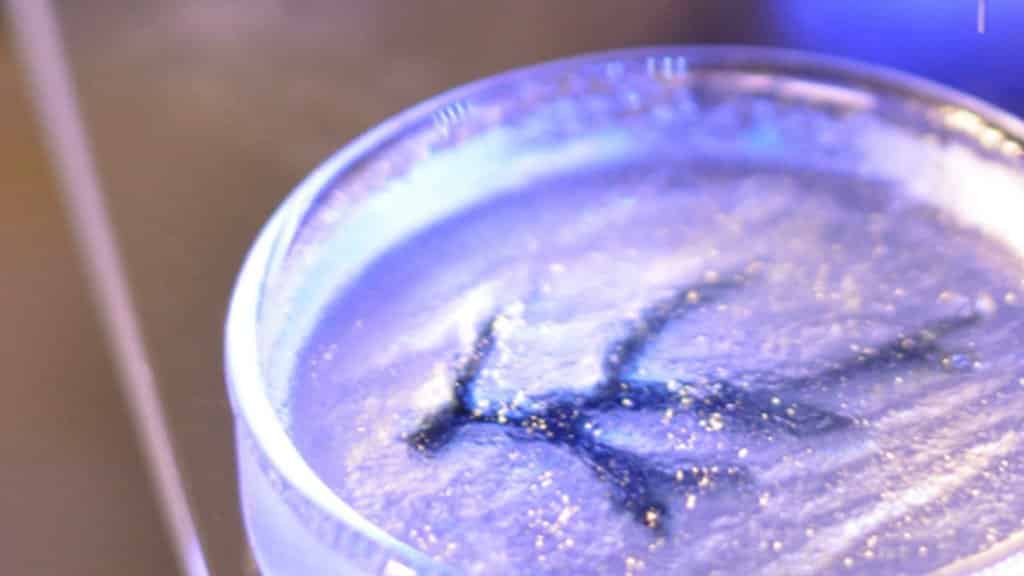Cardiovascular disease accounts for one in every three deaths each year in the US alone, and according to the American Heart Association claims more lives each year than all forms of cancer combined.
The scientific community has had its attention locked on stem cells from the minute its magical properties was unveiled.
Presently, in a step forward, researchers at the UW-Madison have grown functional human artery cells that helped lab mice survive heart attacks.
The team, consisting of scientists from both the University of Wisconsin and the Morgridge Institute for Research, has published its findings in Proceedings of the National Academy of Sciences. And in the paper have described how they have been able to develop methods for generating arterial endothelial cells, which initiate artery development.
“The cardiovascular diseases that kill people mostly affect the arteries, and no one has been able to make those kinds of cells efficiently before. The challenge is that generic endothelial cells are relatively easy to create, but they lack true arterial properties and thus have little clinical value,” says Jue Zhang, a Morgridge assistant scientist and lead author.
“The key finding here is a way to make arterial endothelial cells more functional and clinically useful.”
Many labs can convert embryonic stem cells or iPS cells into specific cell types, but developing specialized cell lines that are pure, functional and robust has been a challenge.
Therefore, the researchers in this case have used two new techniques: single-cell RNA sequencing to identify genes highly expressed in cells that initiate artery development, and CRISPR-Cas9 gene editing to evaluate the function of the genes.
They used this recipe of theirs to make artery cells, and tested the cells in mice that had their left coronary arteries tied off to mimic heart attacks. Four weeks later, 83 percent of mice treated with the cells were alive, compared to 33 percent of mice that didn’t get the cells.
“Our ultimate goal is to apply this improved cell derivation process to the formation of functional arteries that can be used in cardiovascular surgery. This work provides valuable proof that we can eventually get a reliable source for functional arterial endothelial cells and make arteries that perform and behave like the real thing.” says Thomson, director of regenerative biology at Morgridge and UW-Madison professor of cell and regenerative biology.
UW-Madison scientists, including engineers Tom Turng and Naomi Chesler and pathologist Igor Slukvin at the Wisconsin National Primate Research Center, plan to grow artery cells on scaffolds and test them in monkeys in the future. If successful, the cells would be produced for human studies at the Waisman Biomanufacturing facility on campus.



























